Is a Hair Transplant a Permanent Solution for Androgenetic Alopecia?
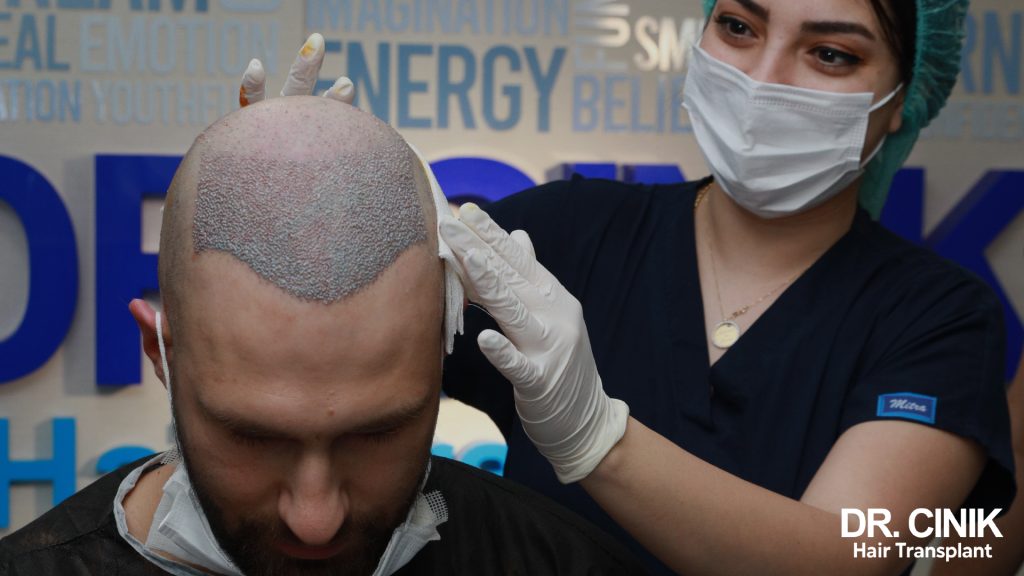
Sommaire
Androgenetic alopecia, commonly known as baldness, affects a significant portion of the population. Hair transplants are often touted as an effective treatment for this condition. Yet, there are lingering questions about the permanency of this procedure. Is a hair transplant a long-lasting solution for androgenetic alopecia? Is it necessary to undergo multiple transplants? What techniques can optimise the results? This article aims to provide clear answers to these questions, offering an in-depth explanation of the surgical procedure and its physiological limitations.
Understanding the Hair Transplant Process
Though hair transplants might seem enigmatic to some, the underlying principle is straightforward.
Transferring Hair Follicles from Donor to Recipient Areas
The core element of a hair transplant is the transplantation of hair follicles. In simpler terms, follicular units (clusters of 1 to 4 hairs) are harvested from a part of the head resistant to baldness and then implanted into areas where the hair is thinning or absent.

Donor Areas
The most commonly used donor zones are the occipital region (the back of the head) and the temples. These areas are usually resistant to balding, primarily because the hair follicles in these locations are less susceptible to dihydrotestosterone (DHT), the hormone responsible for hair loss. Once transplanted, these hairs retain their resistance to DHT.
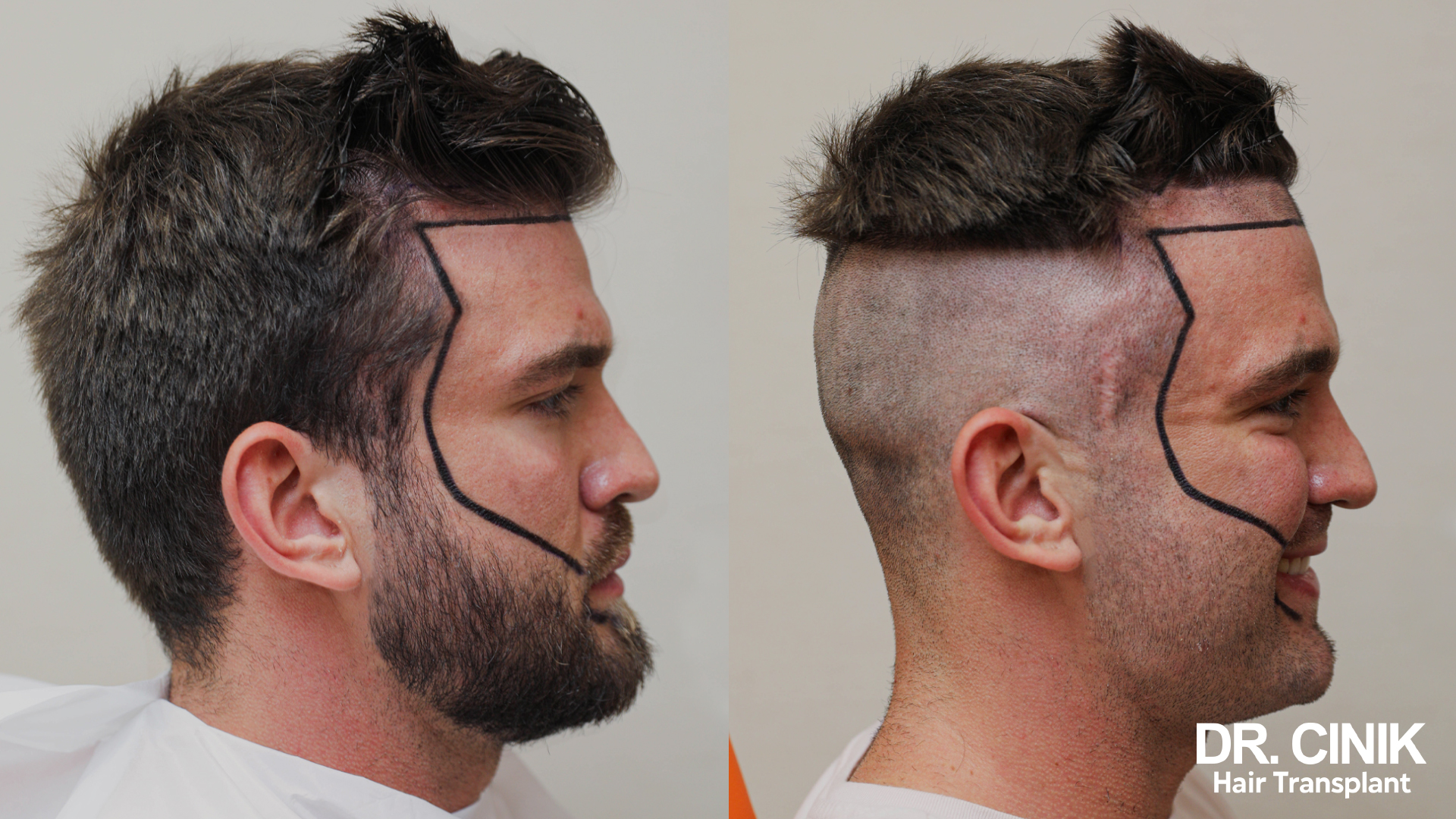
Recipient Areas
Recipient areas are those impacted by the effects of baldness. These primarily include the forehead (specifically the temporal regions), the crown (the top of the head), and the vertex (the upper back part of the head). In these zones, hair follicles are most sensitive to DHT and are, therefore the first to be lost due to androgenetic alopecia.
Commonly Used Modern Hair Transplant Methods
Advancements in technology and medical research have significantly improved hair transplantation techniques. Modern methods offer less invasive procedures and more natural-looking results. Notably, FUE and DHI are two standout techniques. For a better understanding, let’s compare them with the older FUT method.
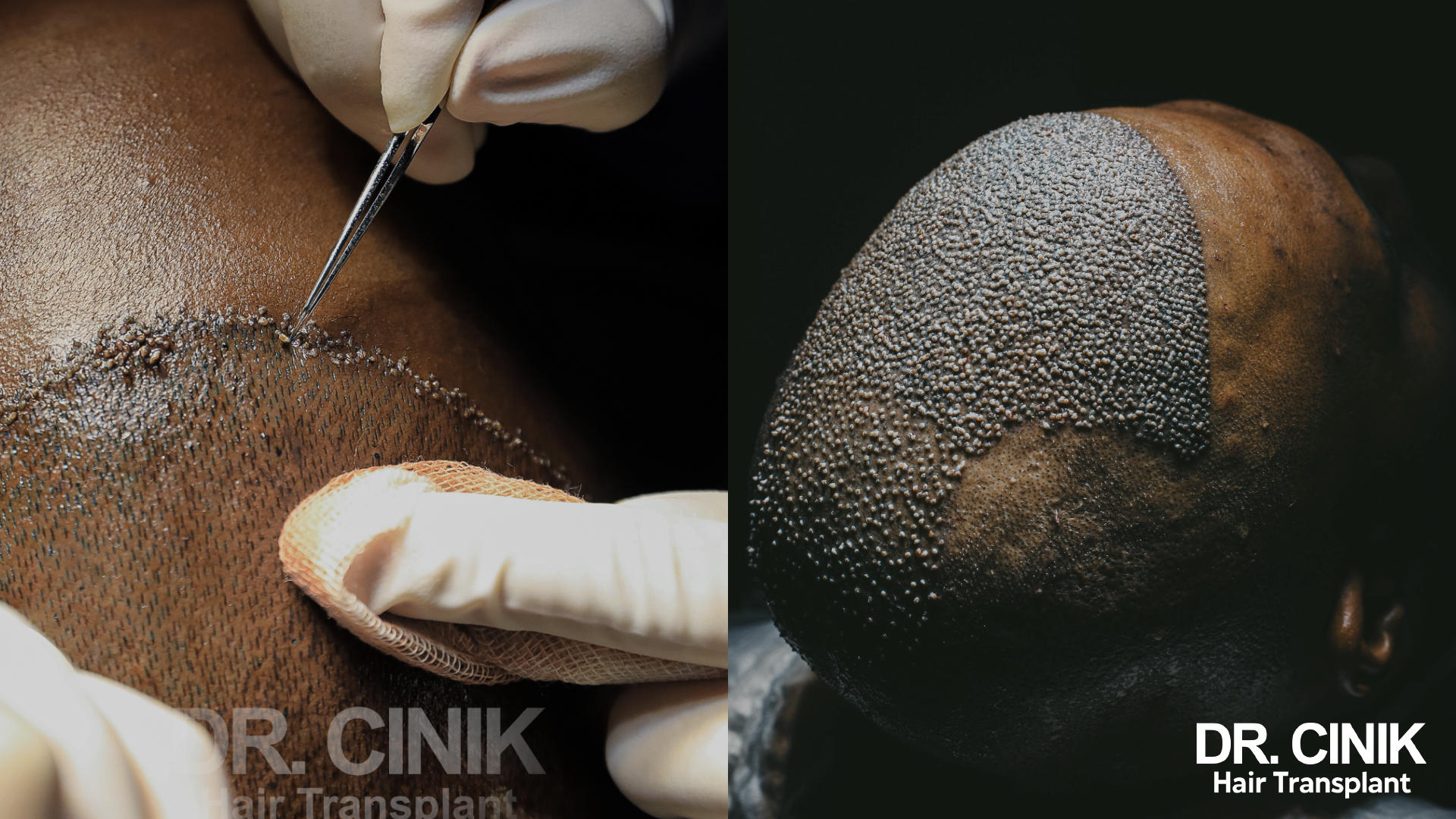
FUE (Follicular Unit Extraction)
Follicular Unit Extraction (FUE) has revolutionised the field of hair transplantation. Unlike FUT, which requires the removal of a strip of scalp, FUE permits the individual extraction of hair follicles directly from the donor area. A significant advantage of FUE is the absence of linear scarring, allowing patients to sport shorter hairstyles without revealing any surgical marks.

DHI (Direct Hair Implantation)
Direct Hair Implantation (DHI) is a variation of the FUE method. In FUE, follicle extraction and implantation are two separate steps. DHI, however, merges these into a single stage. A specialised instrument known as a “Choi pen” is used to harvest the follicles and immediately implant them into the recipient area. This method minimises the time between extraction and implantation, which can improve the survival rate of the grafts.
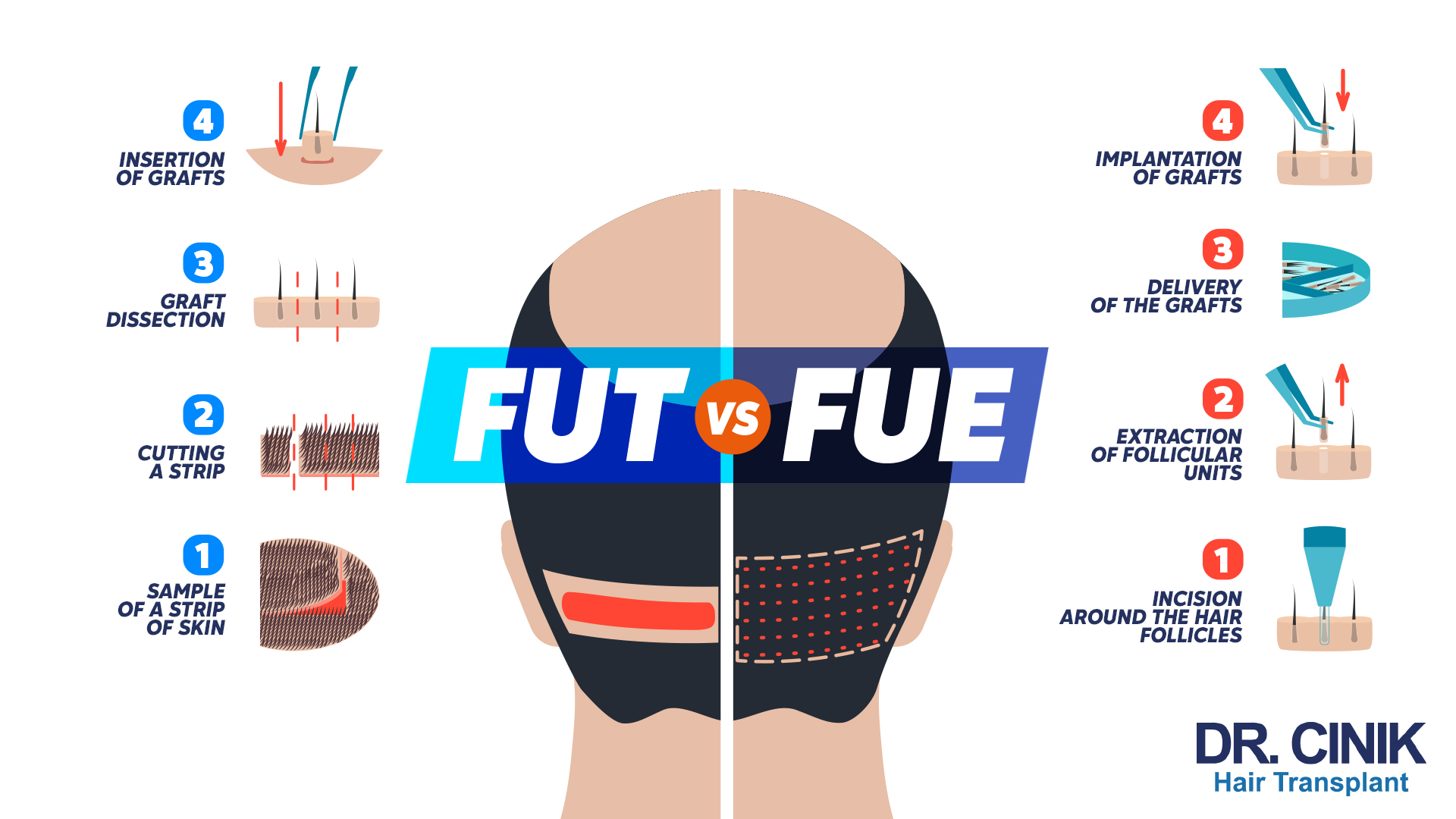
FUT (Follicular Unit Transplantation)
Follicular Unit Transplantation (FUT) was once the prevailing hair transplant method. It involves excising a strip of scalp from the donor area, which is then dissected into individual grafts for implantation. While FUT can yield satisfactory results, it has significant drawbacks, such as a linear scar at the back of the head that can be visible with short hairstyles. The recovery period can also be more painful and prolonged compared to FUE or DHI methods. Due to these limitations, FUT is increasingly being phased out in favour of more modern techniques.
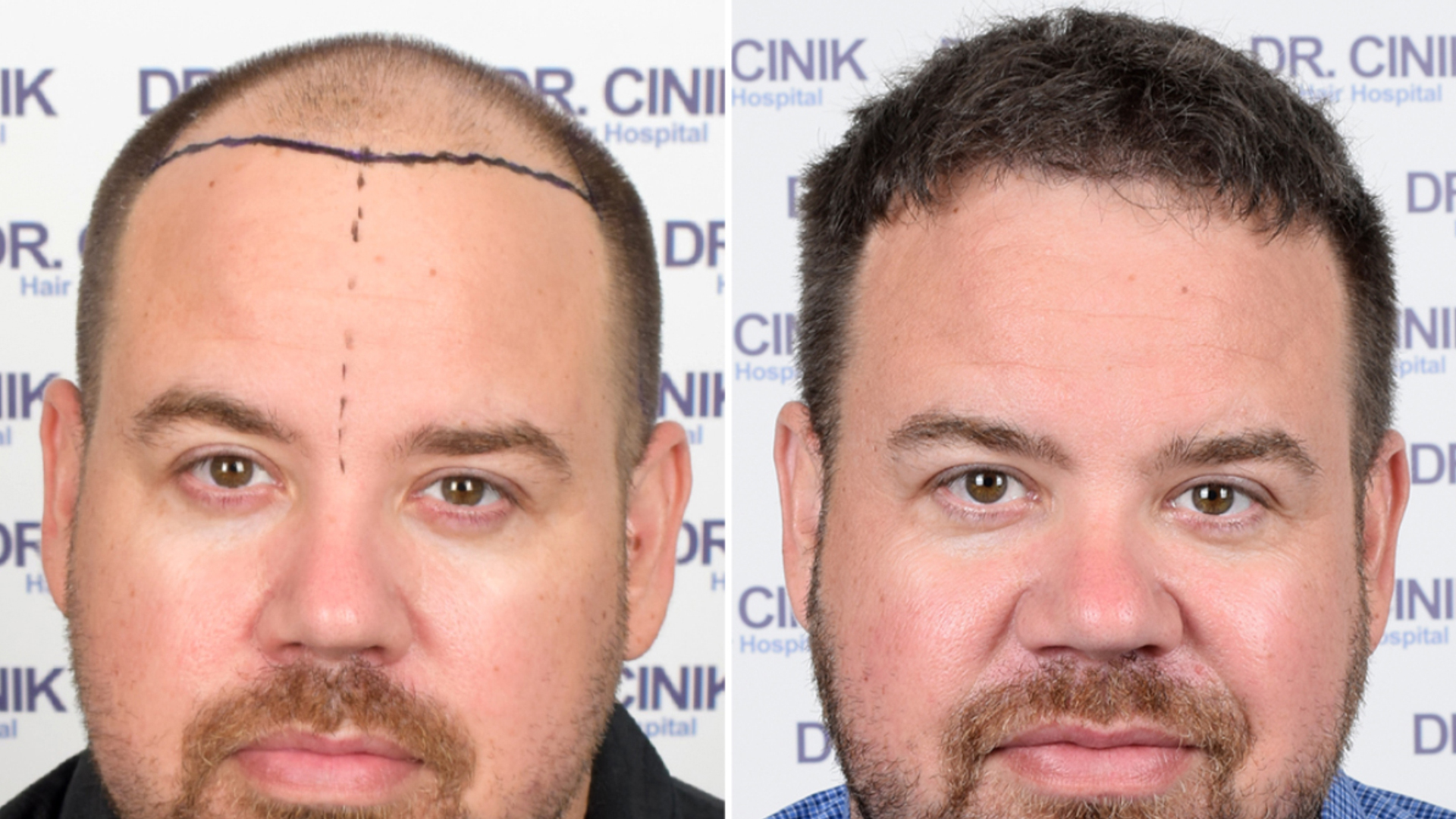
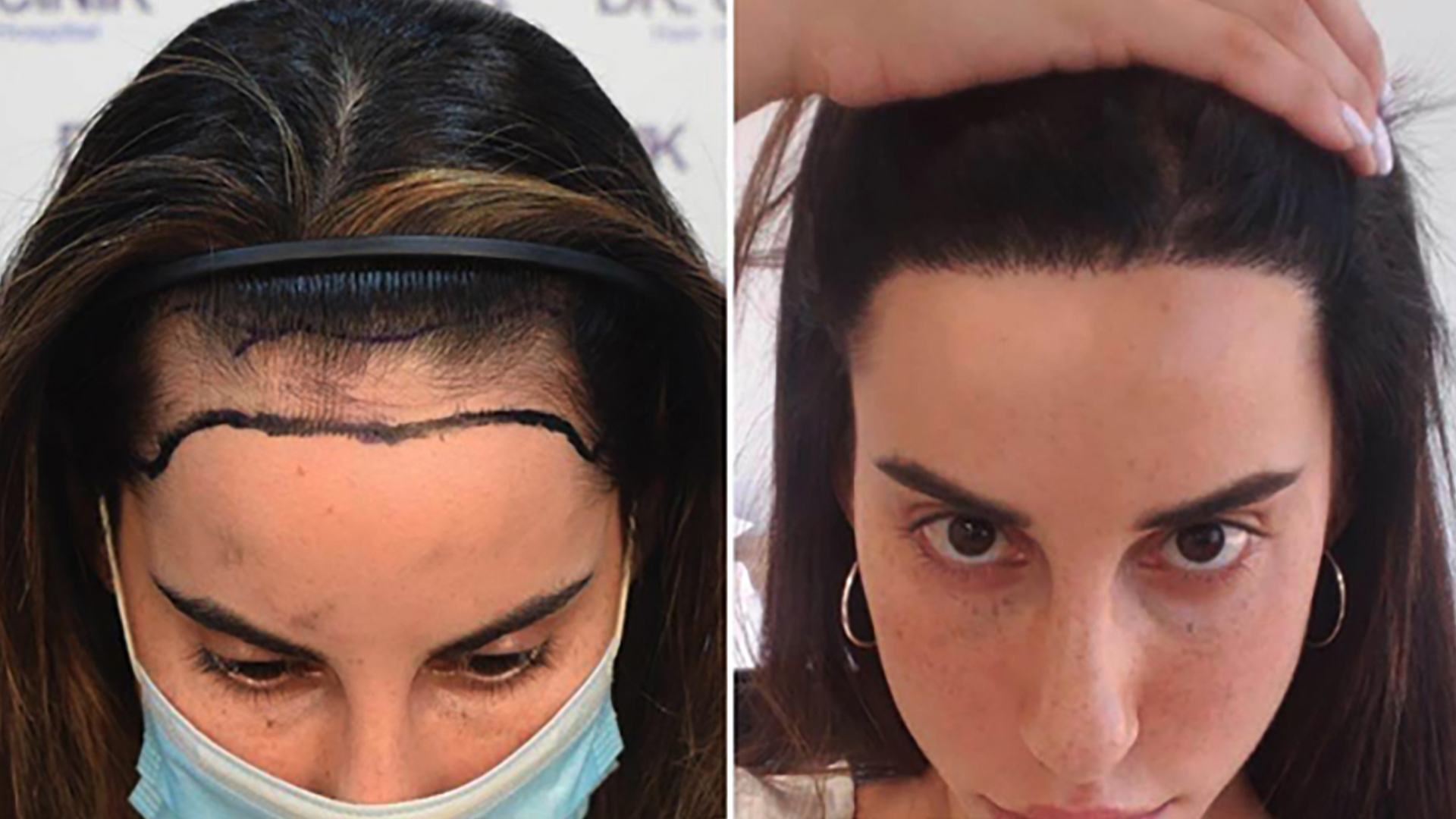
Benefits of Modern Hair Transplant Methods
Compared to the older FUT method, modern techniques like FUE and DHI offer several advantages:
- Minimally Invasive: Both FUE and DHI are less invasive as they do not require large incisions, thereby lowering the risk of post-operative complications.
- Quick Recovery: The lack of linear scarring and individualised harvesting contribute to faster and less noticeable healing.
- Natural-Looking Results: The precision in follicle extraction and implantation ensures that the outcome looks aesthetically pleasing and natural.
These advantages make FUE and DHI increasingly popular choices for those considering hair transplantation.

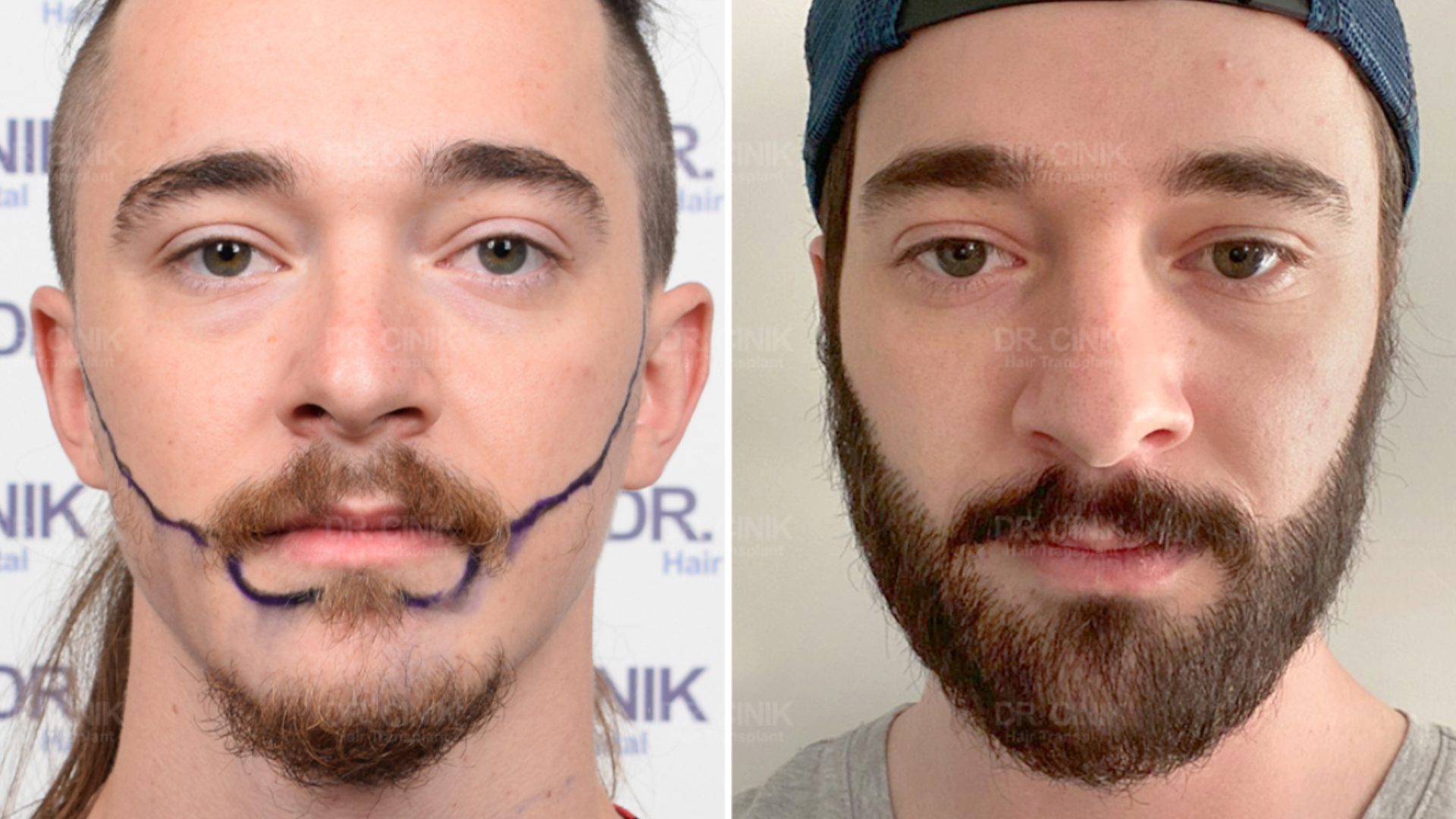
Is Hair Transplantation a Permanent Solution?
When undergoing a hair transplant, follicles are harvested from a donor area—usually the occipitotemporal region at the back and sides of the head. This area is genetically programmed to resist baldness, even when exposed to DHT. Once these grafts are transplanted into the recipient area (balding regions such as the forehead, crown, or vertex), they maintain their resistance to DHT and the ability to produce hair. In this sense, the transplanted hair is permanent, unlike the follicles originally present in the recipient area, which are susceptible to thinning.

Transplanted Hair is Permanent, but Alopecia Progresses
Although the transplanted hair is permanent, it’s important to note that a hair transplant does not halt the natural progression of androgenetic alopecia. Hair that has not been transplanted will continue to thin and fall out over time. Therefore, additional transplants may be required to maintain a satisfactory level of hair density as one age.
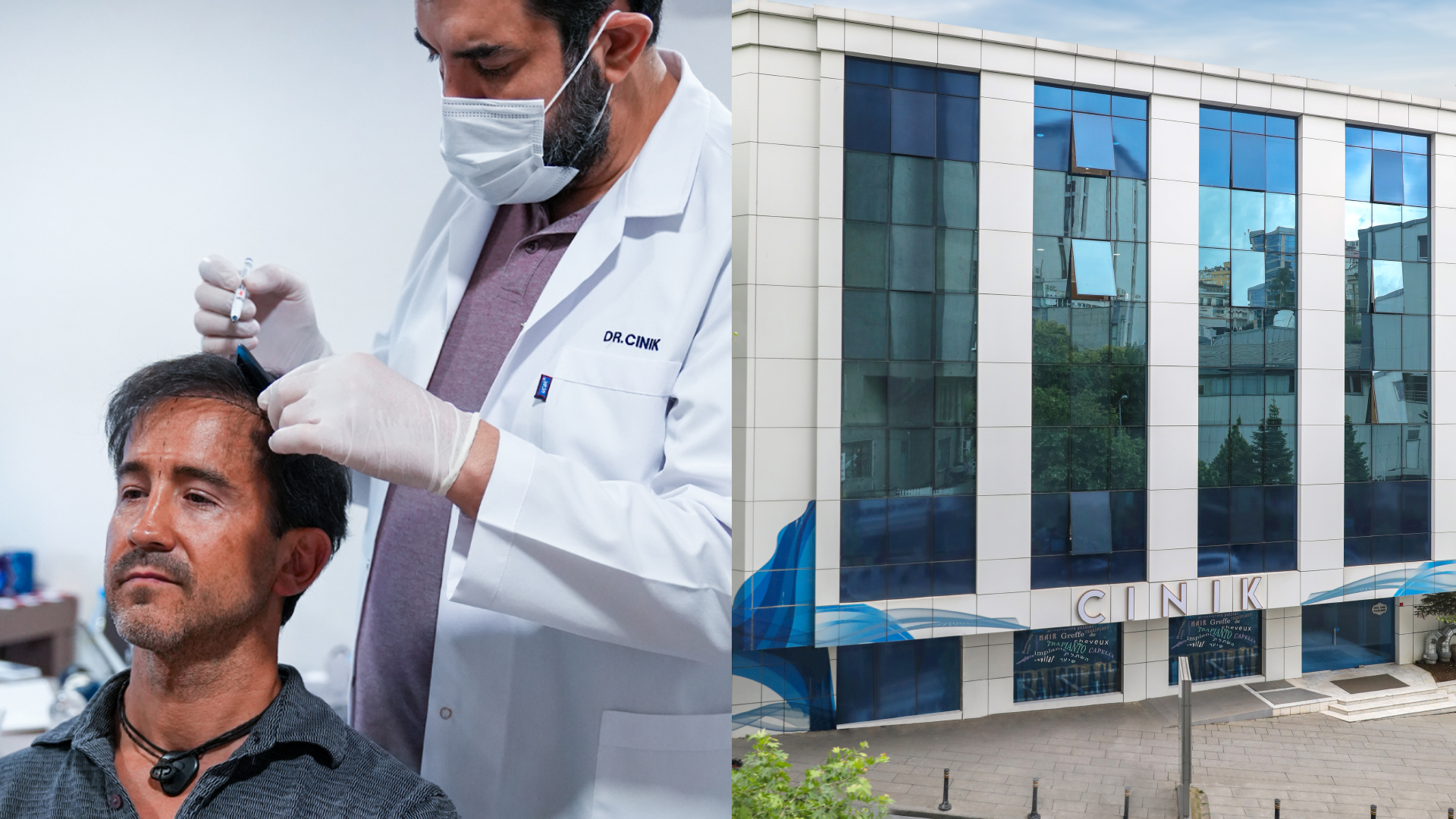
When is a Second Hair Transplant Needed?
There are several scenarios where a second hair transplant might be necessary:
- Insufficient Density from First Transplant: If the initial procedure did not yield the desired hair density, perhaps due to an inadequate number of grafts or poor distribution, a second operation can enhance the overall result.
- Emerging Areas of Baldness: As androgenetic alopecia can progress with age, new areas of baldness may appear, necessitating further transplants to maintain coverage.
It’s advisable to discuss a long-term treatment plan with your surgeon to determine the optimal timing for any future procedures. This planning is essential for achieving and maintaining the best possible results over the long term.
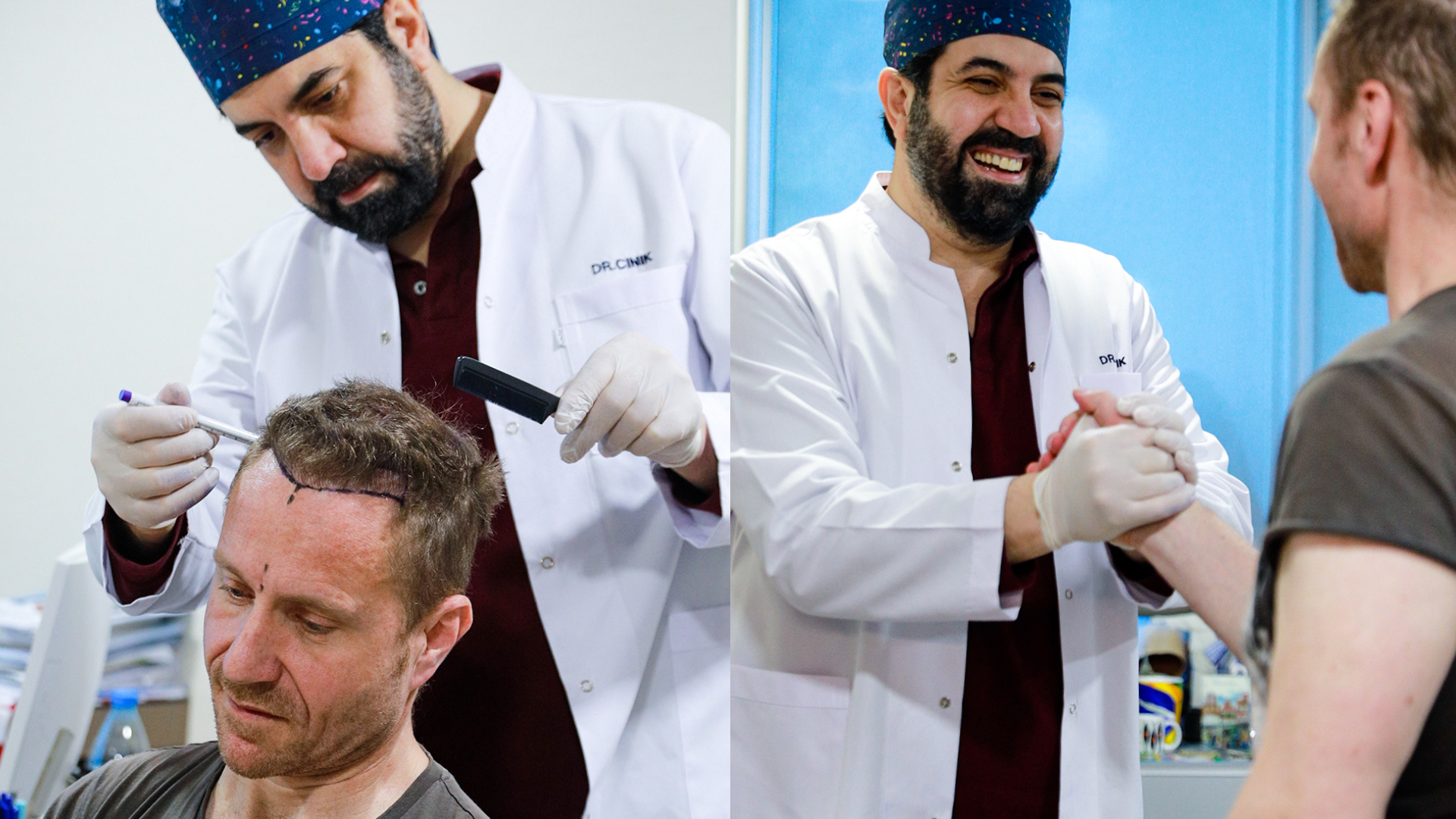
Conclusion
Is hair transplantation a definitive cure for baldness? The answer is both yes and no. While the transplanted follicles are permanent and will continue to produce hair throughout your lifetime, they do not halt the natural progression of androgenetic alopecia. Opting for a transplant too early might necessitate further procedures in the future while waiting too long could result in less satisfying outcomes. Timing is crucial.
Choosing a skilled and experienced surgeon proficient in minimally invasive techniques is key to achieving natural and long-lasting results.
In summary, while hair transplants may not be the miracle cure many had hoped for, they are currently the most effective treatment for established patterns of baldness, provided the procedure is undertaken with careful planning and realistic expectations.
 en
en



